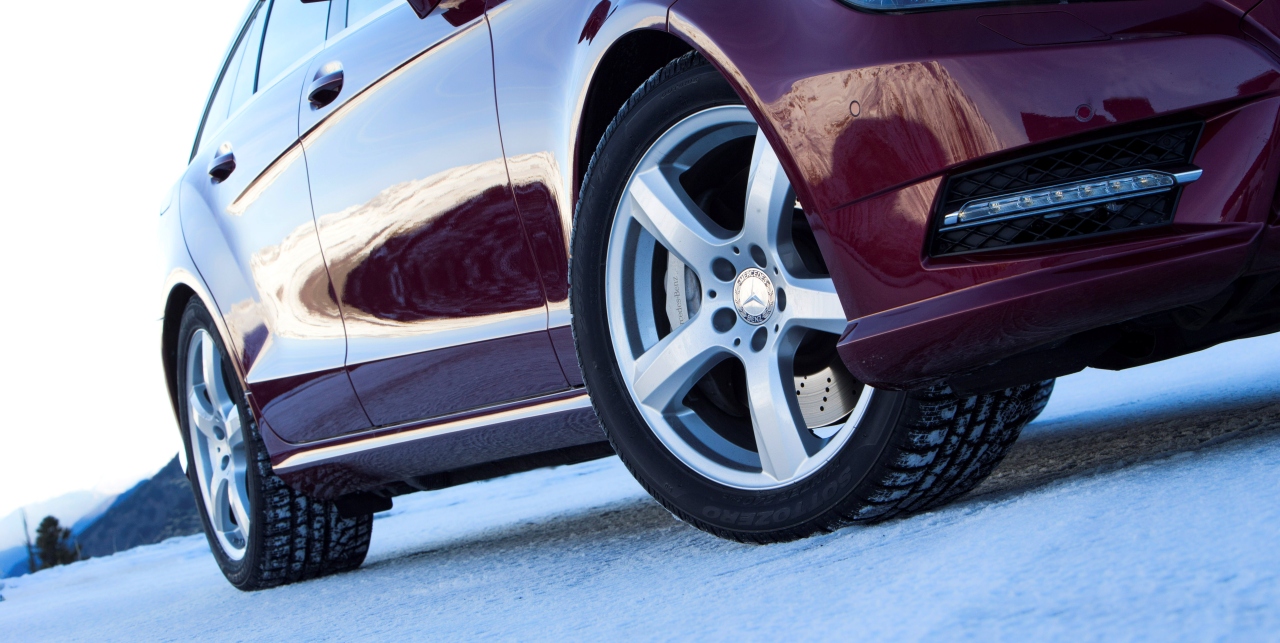There is one element of the car that is often overlooked. It is the tires, the only component that is in direct contact with the road and plays a key role in safe driving. With the arrival of cold, snow and frost, wheels in good condition are even more important, but if you live in areas where temperatures plummet, it is best to opt for specific tires, the so-called winter tires.
Inclement winter weather and extreme cold compromise the proper performance of tires. And it doesn't matter if your car has all-wheel drive, such as the impressive Mercedes S-Class 500 4MATIC. The right tires are important to maximize the vehicle's traction capability, regardless of the drive axle(s) you have.
It is also important to know when to change tires, thus avoiding excessive wear and tear that could lead to loss of grip or even a traffic accident. Find out everything you need to know about winter tires, what they are like, how they differ from summer tires, how to drive with them and when it is mandatory to use them.
What are winter tires like?
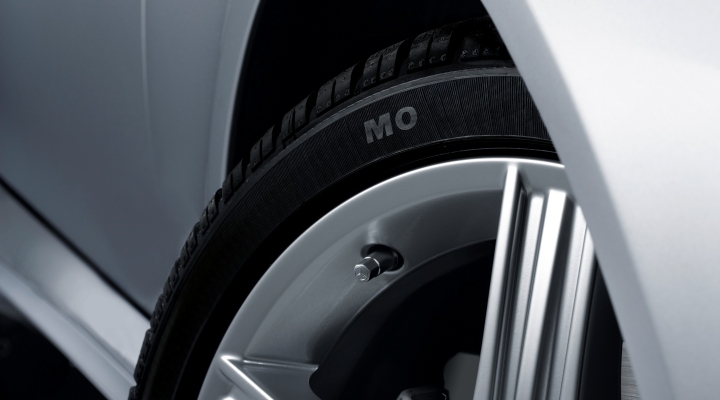
Winter tires are a specific type of tire designed for use in areas where temperatures are low - below 7°C - or where rain, ice or snow are present for many months of the year. Winter tires have a higher natural rubber content in the tread of a softer compound, ensuring flexibility even below 7°C. This makes them perfect for use in winter tires. This makes them perfect for use in cold weather, as other tires harden and lose effectiveness when the thermometer drops.
How to know if your tires are winter tires
To know if your tires are winter tires, there are a series of indicators and characteristics that you should take into account. First of all, there are the symbols that you will find on the sidewalls of the tire itself. On the one hand, the indication "M+S", which refers to Mud+Snow. And on the other, the mountain and snowflake symbol. This icon indicates that they are designed for use on snow and ice.
Another way to tell if a tire is a winter tire is to look at the tread. The manufacturer's tread pattern is different from that of summer or Allseason tires.
A winter tire features tiny, irregularly shaped grooves that allow snow and ice to disperse at high speed. This improves both traction and the vehicle's braking ability. It also has larger grooves to retain snow and facilitate grip on packed snow surfaces, as well as evacuate water and reduce the risk of aquaplaning (what is aquaplaning).
Which winter tires to use?

How to choose the most suitable winter tires for your car? The first thing you should bear in mind is that it is advisable to have two sets of rims at your disposal. On the one hand, a set in which to equip the summer tires and, on the other hand, more basic rims (they can be steel, but equivalent to the measures approved in the technical data sheet) for the winter wheels. This way, you will avoid changing tires every season.
To choose which winter tires to put on your car, you must take into account what the manufacturer recommends in the manual and in the technical data sheet. Both the rim sizes and the load index may vary between winter and summer tires. Not all sizes are approved for the same model, so it is advisable to read the manual or consult our Official Mercedes Benz Workshops of Grupo Concesur.
Note the symbols on the sidewalls of the tire. If it bears the letters "M+S", it means that it is a winter tire (mandatory), but you may not find the mountain and snowflake icon. If not, this tire has not been tested in special conditions with a lot of snow, so its performance may be lower than expected.
Lastly, check the date of manufacture of the tire and avoid tires that are too old. In addition, always choose tire brands recognized on the market, as these are the manufacturers who innovate and develop this type of wheels. If you can, avoid offers and unknown brands.
When to use winter tires?

Do you know when to fit winter tires? It will depend on the area where you live, but if the temperature is below 7°C for several months, it is advisable to install them. Ideally, you should switch to winter tires in October or November and reinstall summer tires around March. In this way, you will not only increase the safety of your journeys, but also get the maximum mileage out of your tires.
Although winter tires are designed for use in cold temperatures, they can be used if it occasionally gets warmer during the fall and winter months. Their softer compound is not only perfect for driving on snow and ice, but also allows you to drive on dry asphalt in cold weather.
When to change winter tires? In addition to intercalating changes between seasons with summer tires, winter tires should last at least 50,000 kilometers, which is equivalent to 4-6 seasons. To find out if a winter tire is worn, make sure that the tread is still at least 4 millimeters deep. If it is less than this, it is advisable to replace it.
Finally, to find out when the use of chains or special winter tires is mandatory, you should consult the indications of the Dirección General de Tráfico (DGT). According to current legal regulations, the use of this type of tires is not mandatory in Spain during the cold months. However, there is an exception. Winter tires or chains will be required on high mountain roads with red alert level when the competent authorities so determine. Failure to equip them will prevent access to the road and may even result in a financial penalty for the driver.
How to drive with winter tires?
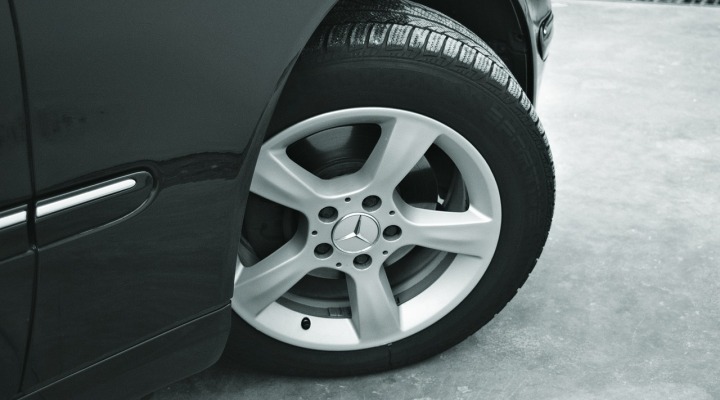
There is no noticeable difference between driving on winter and summer tires. The real difference is in the soft rubber compound, which improves grip on wet or slippery surfaces. Also in the tread, which has a specific tread pattern that helps to evacuate water and snow. In addition, winter tires offer better cold performance, with superior braking capacity.
The only aspect to take into account when using winter tires is that it is not advisable to use them all year round. When the temperature rises in the spring and summer months, winter tires suffer higher wear, which causes them to degrade and deteriorate at an accelerated rate. In the end, you will extract a shorter life from your winter tires if you do not make the changes between seasons with summer tires.
Where to put winter tires?

As you know, chains must always be installed on the drive axle, i.e., the wheels that provide traction. If a car is front-wheel drive, the chains will go on the two front wheels; and if it is rear-wheel drive, on the rear wheels. Meanwhile, in a 4×4 drive vehicle, it is recommended to place the chains on the front wheels. This provides better steering and braking capacity.
In the case of winter tires, it is not advisable to fit only two winter tires on the vehicle, regardless of whether they are installed on the drive axle or not. If we do so, the performance of this type of tires will be altered and we may not extract their full performance. It is best to fit four winter tires and remove the summer tires during the cold seasons.
If you have a second set of wheels, install the other tires on them and, when it's time to change them, you will only have to replace the complete wheels, without having to remove the tires. It will be easier and faster, as well as more economical if you do it at a shop.
Where to store winter tires?

Once spring arrives and the temperature rises, it's time to remove the winter tires from your car and put on the summer ones. But what to do with these tires, and where do you store them? To prevent the compound from hardening and drying out in the sun and arid climate, it is advisable to store your winter tires in a cool place away from sunlight.
A garage or storage room is an appropriate place to store them during the spring and summer, until you reinstall them on your car. If you don't have this type of space, there are tire shops that, for a small fee, will take care of storing your wheels when you are not using them.
In any case, if you store your winter tires properly, you will be able to use them for at least four full tire changes and get more mileage out of them.
What is the difference between winter and summer tires?
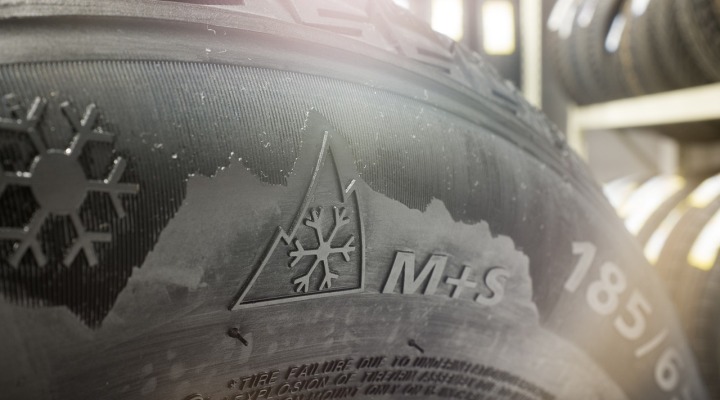
Winter and summer tires are different and are designed for a specific use. To identify their main differences, you should pay attention to the following details:
- Compound thickness: the first of the differences between winter and summer tires lies in the thickness of the compound. Winter tires are made of a softer, thicker rubber, with a tread specially designed for inclement weather.
- Tread: the second major difference is in the tread. It has a specific tread pattern with a multitude of small indentations that allow water to drain away and improve grip. In addition, the wider grooves trap snow and facilitate traction when riding on packed snow.
- Sidewall symbols: Finally, the sidewalls feature a number of special symbols. The "M+S" stands for Mud+Snow and is mandatory on all winter tires. In addition, some tires may feature the mountain and snowflake symbol. This icon indicates that they have been tested in extreme snow and ice conditions.
Which tires last longer, winter or summer tires?
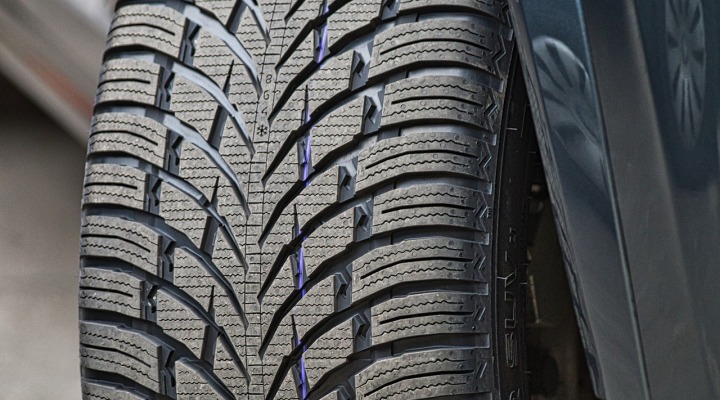
In reality, the kilometers you can cover with one tire or another will depend on the use and changes between seasons. Winter tires degrade sooner if used in summer or at high temperatures. However, summer tires harden in extreme cold, altering their characteristics.
The useful life of both tires is similar if the changes are respected and if, in addition, they are made alternating the axles, with an average life of about 40,000-50,000 kilometers and about four years, approximately.
In Grupo Concesur you will find all the original components and spare parts for your Mercedes Benz. We are an Official Mercedes Benz Service with more than 47 years of experience in the sale and after-sales service of Mercedes Benz vehicles. Do not hesitate to visit us to learn about the latest Mercedes models and perform maintenance on your vehicle.

